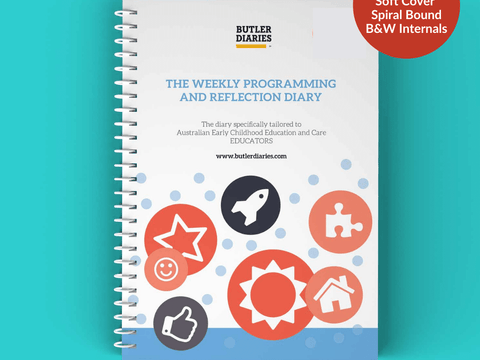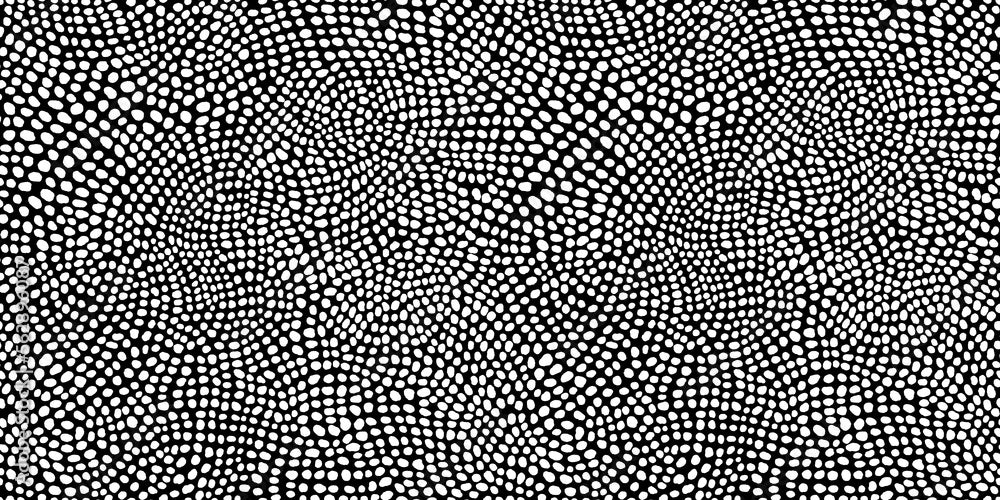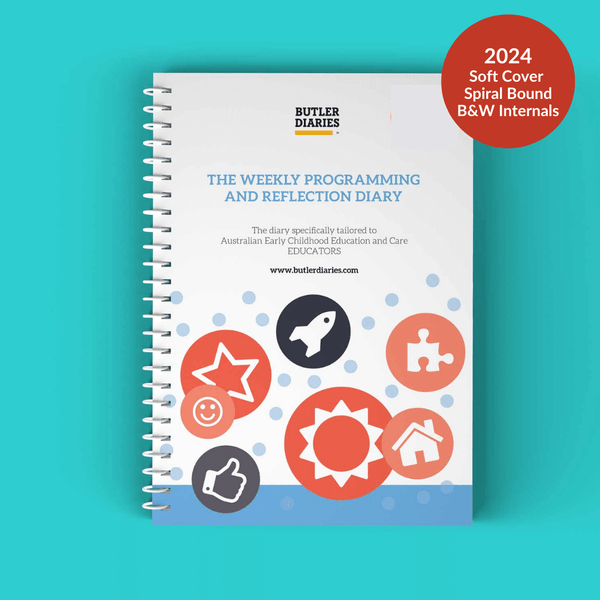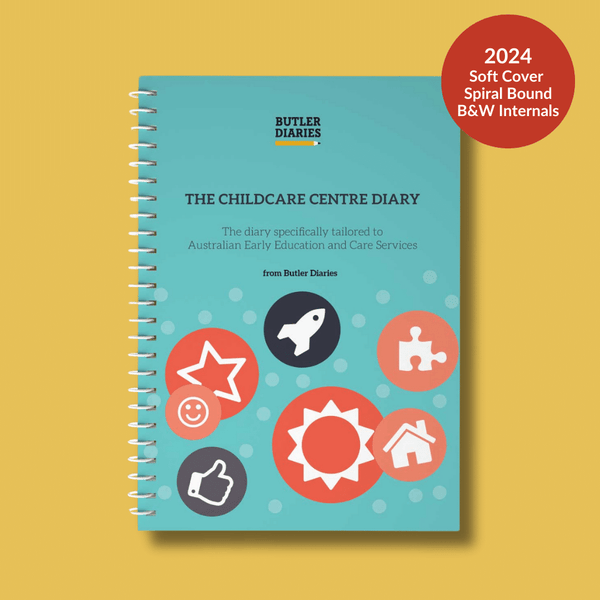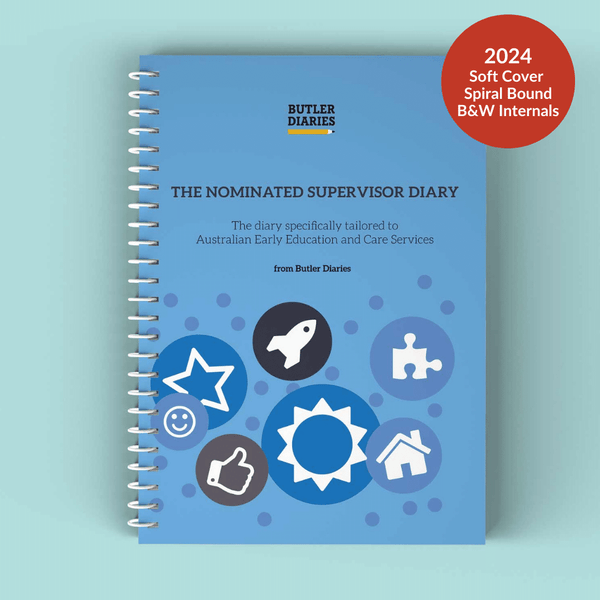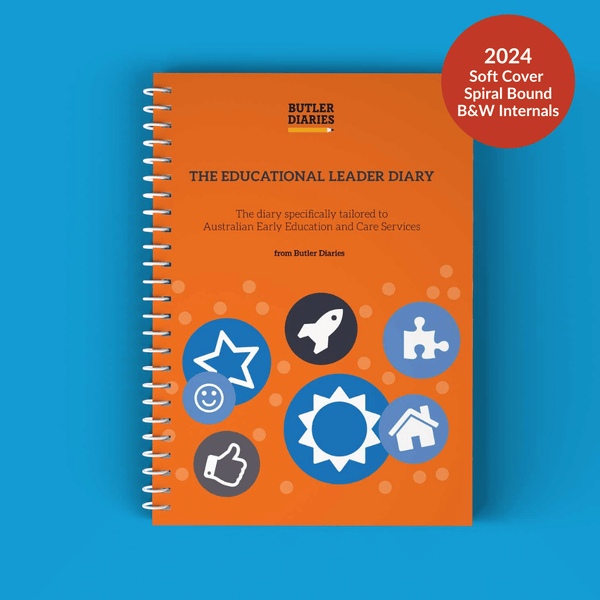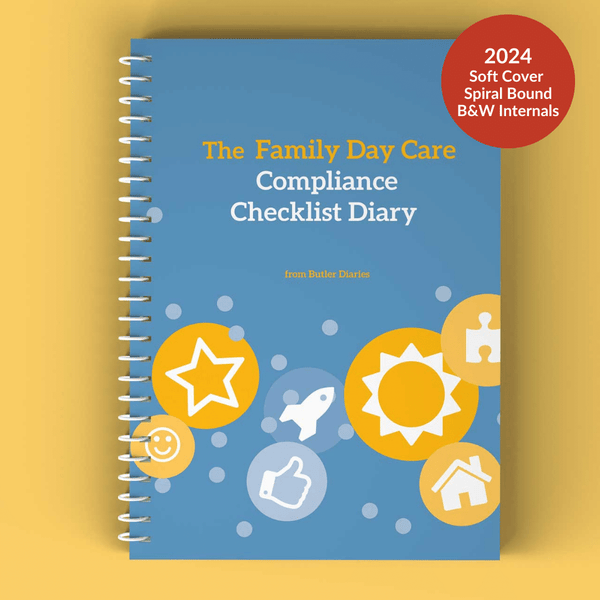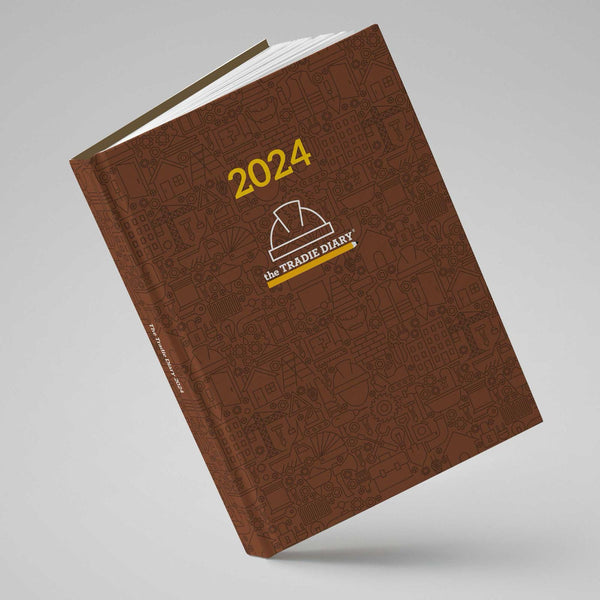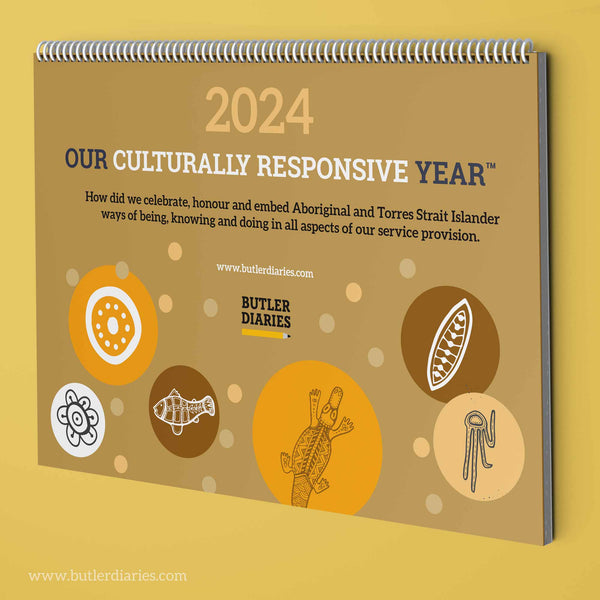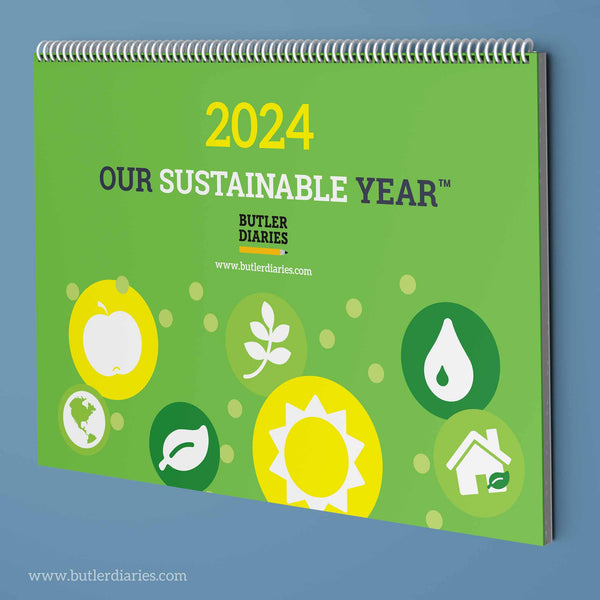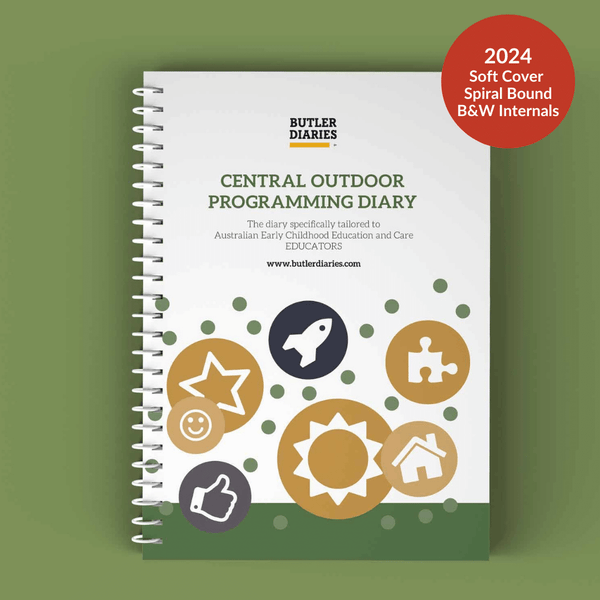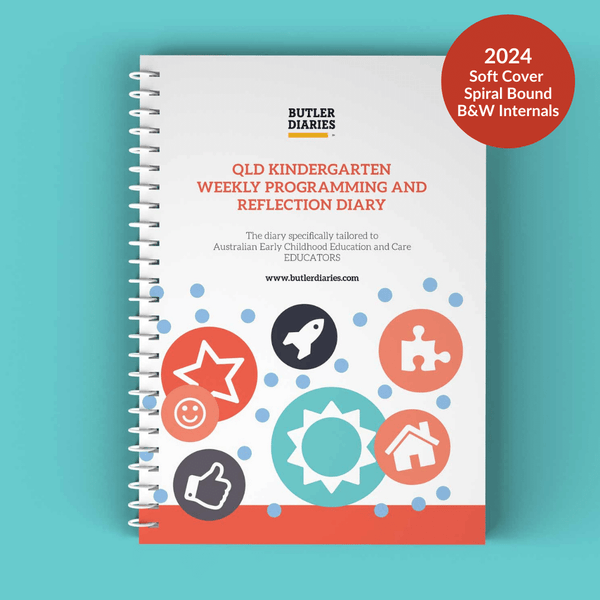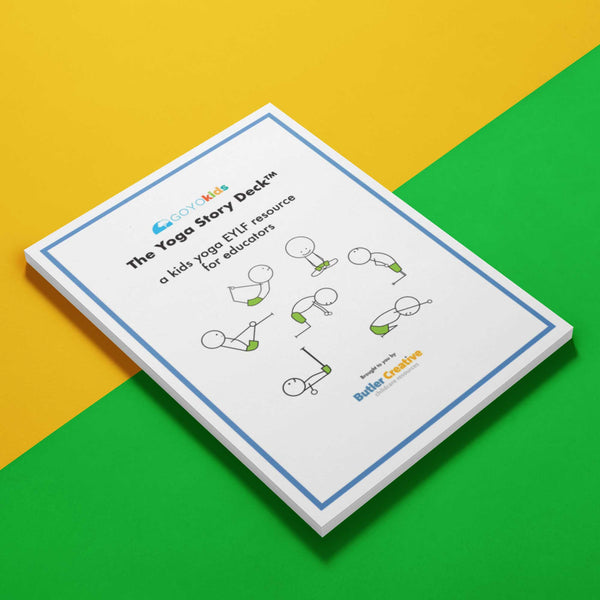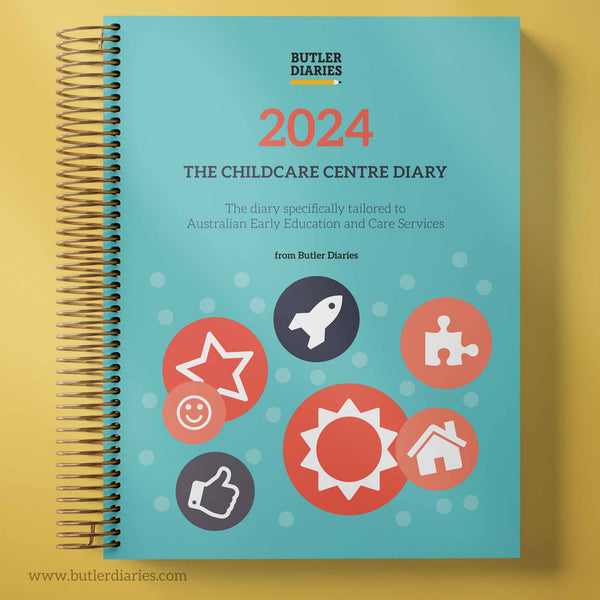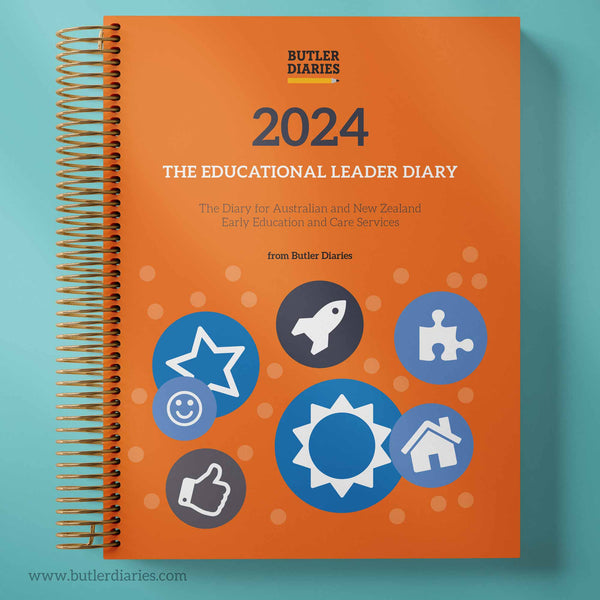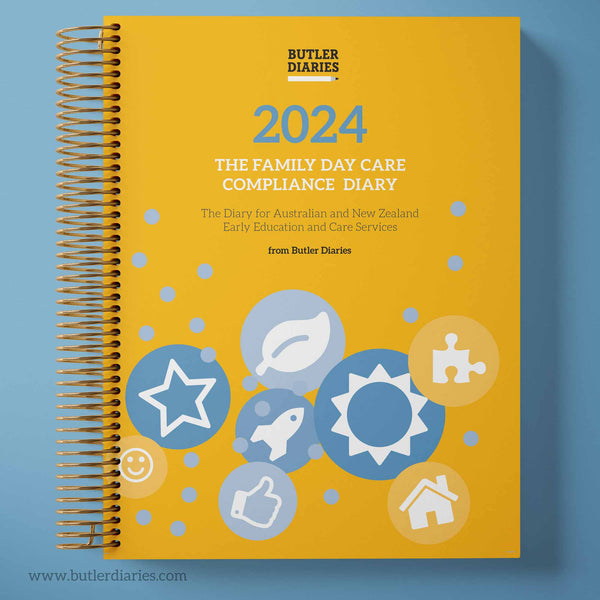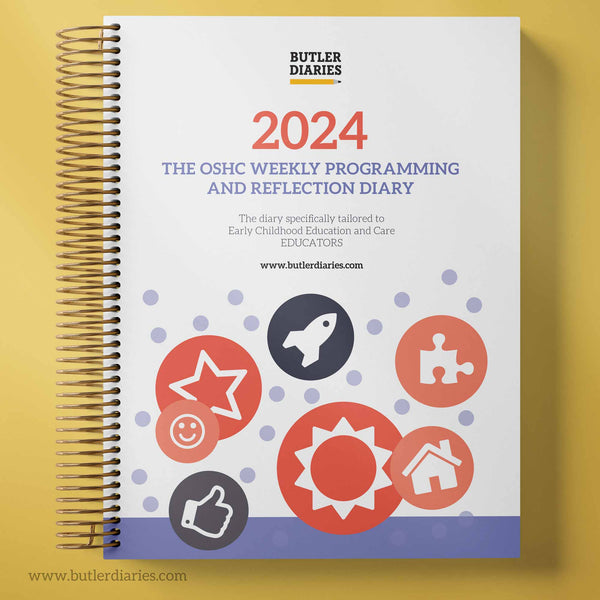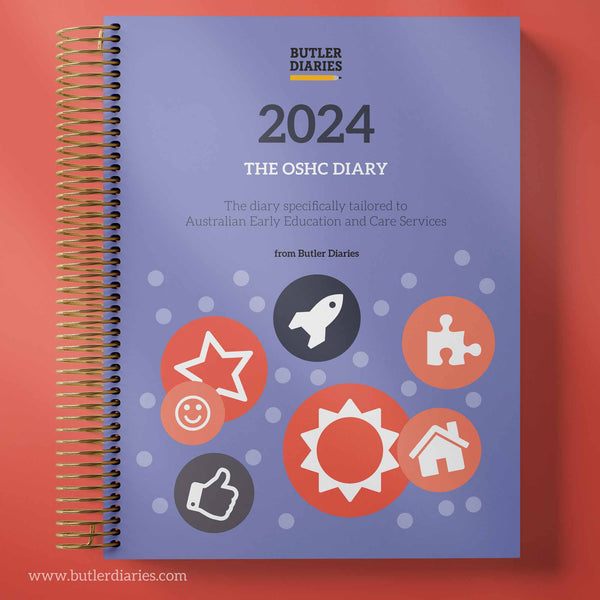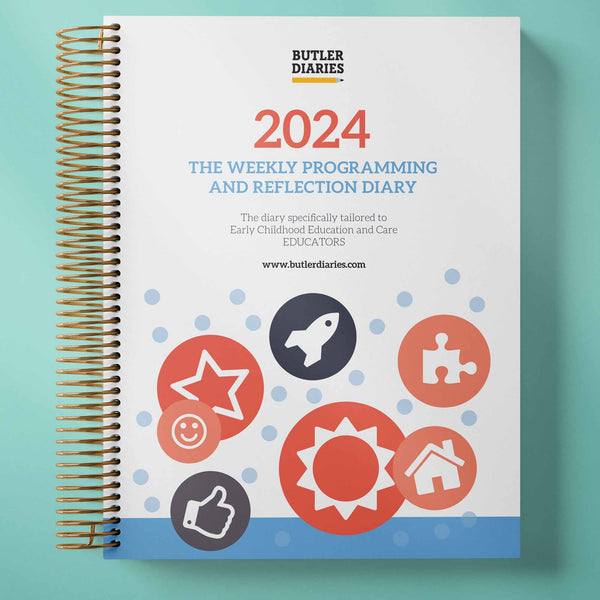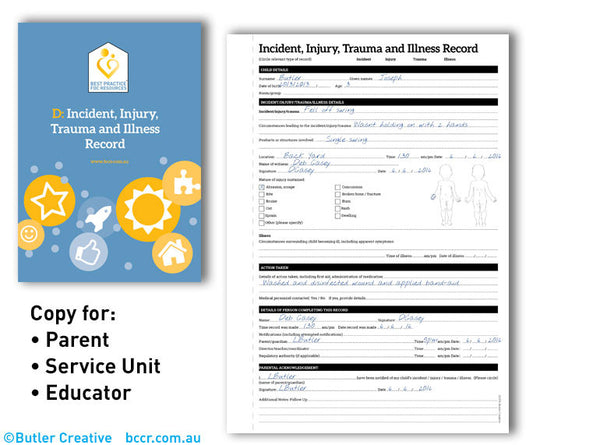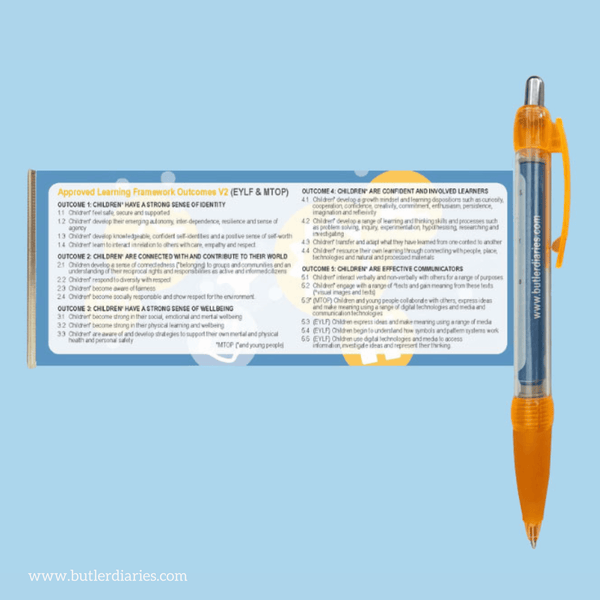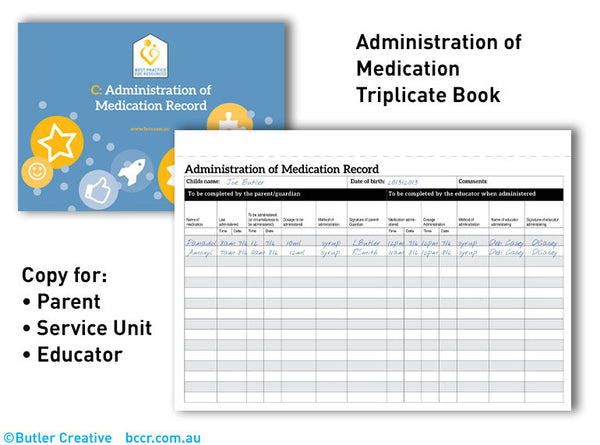We love Science Week! What a great excuse to get dirty, ask questions, enjoy being wrong, and learn something new! Here are awesome STEM experiences you can try for Science Week.
Resources for Science Week in Early Childhood
Aboriginal Science Topic Cards
We love our Riley Callie resources that bring Science and Aboriginal education into the Early Childhood Classroom. Science has and continues to play a significant role in Aboriginal Culture and we can use these wonderful Science Topic Cards to support children's cultural responsiveness during Science Week.
Science Topic Cards are double-sided; one side with a beautiful visual image to accompany the topic, and the other side a snapshot of information to get you started in your learning on that particular topic. Cards cover content such as: Boomerang and Aerodynamics, Toxic to Edible, Bush Medicine, Traditional Fire Management, Indigenous Rangers and more!
IndigiSTEM Resource Kit
Here is another fantastic STEM resource from Riley Callie that provides 20, yes that's right, 20 STEM activities you can do to explore Science and Aboriginal culture. Each STEM activity has an Indigenous theme or context. Examples of topics covered include bush foods, Aboriginal astronomy, creating bush shelters and much more.
The 56 page Educator Notes book contains informative material for educators about Indigenous culture and knowledge. Together these are the perfect kindergarten or preschool resource for centres interested in including Indigenous Learnings into their sessions.
IndigiSTEM Caring for Country Workbook
This Activity Book contains 10 outdoor activities for early learners. We suggest you use them as opportunities to incorporate elements of Indigenous culture and knowledge into your early learning sessions. They are all hands-on and practical play-based activities, which make them perfect for bring elements of Indigenous culture, which by nature, is very much outdoors focused.

Each activity also has a STEM element to it, in that it brings in the concepts of Science, Technology, Engineering and Maths. We firmly believe that STEM provides the perfect platform upon which to bring Indigenous knowledge in to the Early Learning space.
Experiments for Science Week in Early Childhood
Will it Melt?
Here is a simple, easy experiment you can prepare in under 5 minutes! Grab a muffin tin and ask your class to collect 12 objects they think will melt (you're better saving this for a warm day!).
Once collected, place 1 object in each muffin tin and place out in the sun.
While you wait, predict what will and won't melt. What will melt the fastest? Why do we think X will melt but Y will not?
Go out and check in different intervals, 10 minutes, 30 minutes, an hour and see what you find! Don't forget to record your observations with photos, drawings, and reflections!

Did you know? All solids have a melting point! You can even use a thermometer to check out how hot each object's melting point was.
Check out Frugal Fun for ideas on what objects to use and more information on this experiment.
Extension Idea: Try again with different objects and see if the children have a better idea at predicting what will melt or won't.
Record your experience in your Weekly Programming and Reflection Diary to keep evidence of your planning for learning outcome 4.
Can it Stay Dry?
Can you keep paper dry in water? Find out!
Grab a see through container, clear cup, paper towels and some water and you're ready to go.
Fill your container with water (making sure you can fully submerge your cup), slightly crumble your paper towel and place inside the cup (not too crumbled so it doesn't fall out). Flip the cup and submerge the cup straight down into the water (no angling!). Pull the cup out - is that paper towel dry?

Did you know? Air pressure prevents the water from rushing into the cup as the air pushing to escape stops the water coming in.
Check out Fun Learning for Kids for more info on this experiment.
Extension Idea: Experiment with different sized containers. Does it make it easier or harder to keep the air pressure inside the container?
Will it Blow Up?
Can you blow a balloon up without actually blowing into it? Use a baking soda and vinegar chemical reaction to do it!
You will need baking soda, vinegar, empty bottles, balloons, measuring spoons and a funnel if you want to make it a little easier.
Blow up the balloon to stretch it a little and add baking soda. You can start with 2 teaspoons of baking soda and add more teaspoons to each balloon. Fill the container with vinegar half way and attach your balloon to the container, making sure there is a good seal. Lift the balloon so the baking soda falls into the vinegar and watch it blow up! To get the most gas, swirl the container.
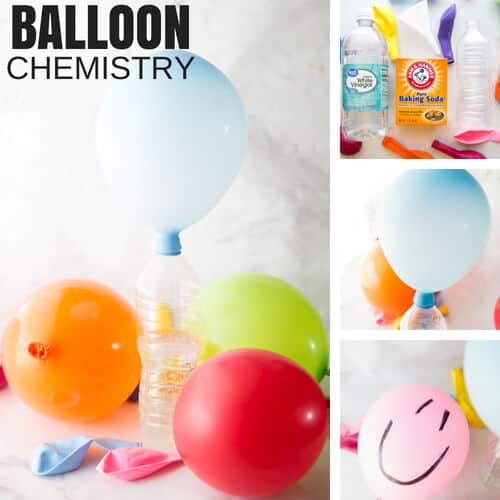
Did you know? This experiment relies on a chemical reaction between the base baking soda and the acid, vinegar which cases carbon dioxide (gas) that tries to leave the container by expanding the balloon!
Learn more about this experiment as Little Bins for Little Hands.
Extension Idea: Use the same chemical reaction to create a volcanic explosion.
Record children's reactions and ideas in your Individual Observations Book to capture their individual learning.
Can Water Walk?
Can water walk? We say yes!
All you need is clear cups or glasses, paper towels, food colouring, and water. The more absorbant the paper towels, the better.
Place your cups in a row (as many as you have colours), fill the cups about 3/4 full of water and add food colouring (about 5 drops each), and now take your paper towels and place one end in one cup and the other end in the cup next to it. Continue until all the cups are connected with paper towel.
Watch and wait for the water to walk!
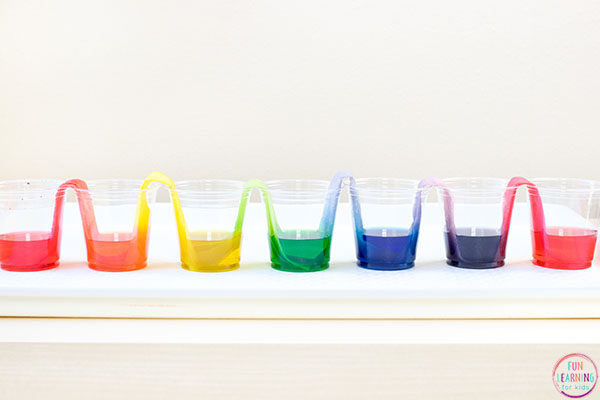
Did you know? Capillary action is the process that causes the water to move up the paper towels against gravity. The fibers of the paper towel allow the water to travel through the gaps (capillary tubes) in the fibers and pull upward. This process actually helps water climb through a plant's roots to the leaves at the very top.
Check out Fun Learning For Kids to learn more.
Extension Idea: Try different size containers. Does it take longer for the water to walk? Is it faster?
Who Will Win?
We know children love ramps and this simple experiment will have them hypothesising and testing all day long.
Set up your ramps using cardboard or timber. Collect cars to race down the ramps. Place textured material across different ramps... sandpaper on one, grip mats, hand towels, foil, paper, dirt, cloth... the possibilities are endless.
Encourage predictions and see how friction impacts the speed of the items. How do different items react?
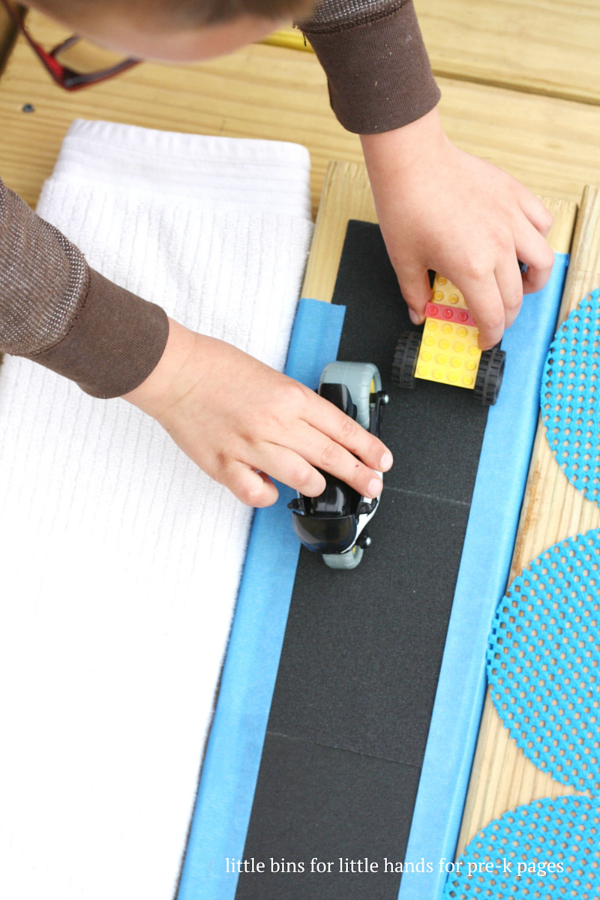
Did you know? Friction can be the resistance an object meets when moving over a surface just like this experiment. Different objects will experience different levels of friction across the different surfaces which will cause the cars to slow down or speed up.
You can learn more at Pre K pages.
Extension Idea: Try the same experiment with different objects, how do they react to the different surfices?
As you extend on learning, use a key such as an arrow and a date in your Weekly Programming and Reflection Diary to record how you are building on initial learning.

